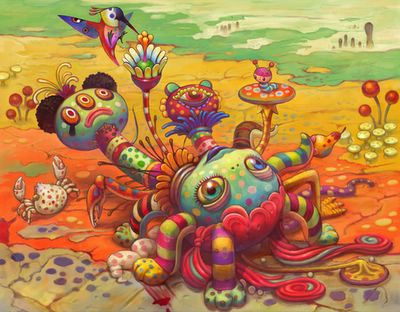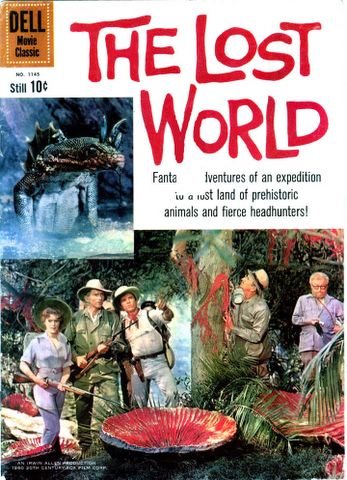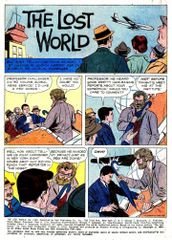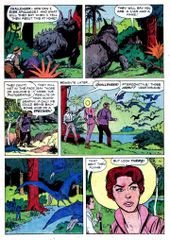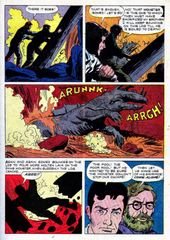 Photo: A. D. Nussbaumer, C. R. Fisher & M. Bright.
Photo: A. D. Nussbaumer, C. R. Fisher & M. Bright.
Adult Riftia pachyptila tubeworms in situ.Giant tubeworms found near hydrothermal vents more than a mile below the ocean surface do not bother to eat: lacking mouth and stomach, they stand rooted to one spot. For nourishment, they rely completely on symbiotic bacteria that live within their bodies to metabolize the sulphurous volcanic soup in which they both thrive.
But the microscopic larvae of these giants are born bacteria-free, with a complete digestive system.
Juveniles swim, hunt, and eat before permanently settling down and taking up with their microbial partners. Now the idea that the larvae acquire their symbionts by eating them has been overturned. By collecting the giant worms' tiny spawn from traps laid on the ocean floor, oceanographers have shown that the sulfur-eating bacteria infect the larvae through their skin.
Previous groups had shown that, after a larva quits swimming and attaches itself to the bottom of the ocean near a volcanic vent,
its mouth disappears and its stomach shrinks away, even as it grows a specialized organ called the trophosome that houses the symbiotic bacteria it collects. "It is an absolutely obligate symbiosis for the worm," Fisher explains. "If the larvae do not get the right symbiont, they die."
LinkHORIZONTAL ENDOSYMBIONT TRANSMISSION IN HYDROTHERMAL VENT TUBEWORMS. Nature 441: 345-348.

 On this day in 1964, the first U.S. atomic-powered lighthouse was put into operation in the Chesapeake Bay, Baltimore Harbor, Md. Designed to supply a continuous flow of electricity for ten years without refuelling, the 60-watt nuclear generator generated heat from strontium-90 in the form of strontium titinate, a safe radioisotope. The heat was converted to electricity by 120 pairs of lead telluride thermocouples. Complete with shielding, the unit was only 34.5 inches high and 22 inches in diameter. Link
On this day in 1964, the first U.S. atomic-powered lighthouse was put into operation in the Chesapeake Bay, Baltimore Harbor, Md. Designed to supply a continuous flow of electricity for ten years without refuelling, the 60-watt nuclear generator generated heat from strontium-90 in the form of strontium titinate, a safe radioisotope. The heat was converted to electricity by 120 pairs of lead telluride thermocouples. Complete with shielding, the unit was only 34.5 inches high and 22 inches in diameter. Link



